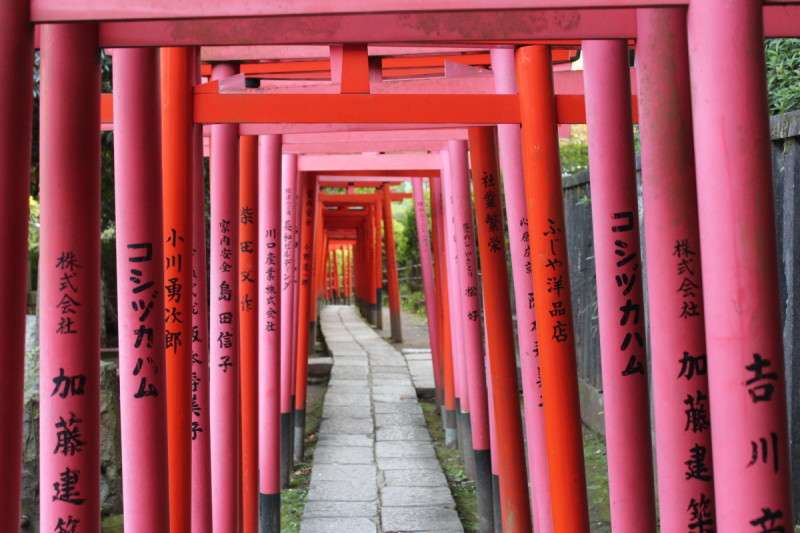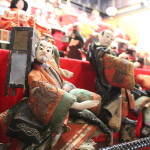When you come to Japan, you would find many interesting seasonal events or way of thinking which are related with Shinto and Buddhism. In addition to those two religions, some historical knowledge would help you understand Japanese culture and habits today. The key periods to understand Japanese society are Edo period (1603-1868), Muromachi period (1338-1573) and Heian period (794-1185). In 1603, the capital of Japan was transferred to Edo (Tokyo today, literally means “East capital”) from Kyoto which has been center of Japan since 794. Edo period is important to understand Tokyo and Muromachi and Heian period are closely related to the culture of Kyoto. Let’s review the characteristic of each period.
Edo period started in 1603 when Ieyasu Tokugawa, a warrior originally from Aichi prefecture today, won the battle among all influential warriors and united Japan as one nation. Until beginning of 17th century, Japan island was divided into many small countries and each were ruled by a strong warrior. Tokugawa family established a strict feudal system called Tokugawa shogunate and kept the power of control in the nation for nearly 270 years. Under Tokugawa dynasty, around 300 small countries were ruled by local feudal lords. During Edo period, here were almost no wars or battles among feudal loads, which helped people to increase productivity and to enrich culture. This period can be characterized by strict social order, national isolation and development of arts and culture.
(To be continued.)
Became interested in Japanese history? koi Travel offers you unique cultural experiences!
Related Activities




